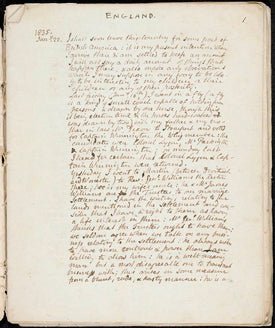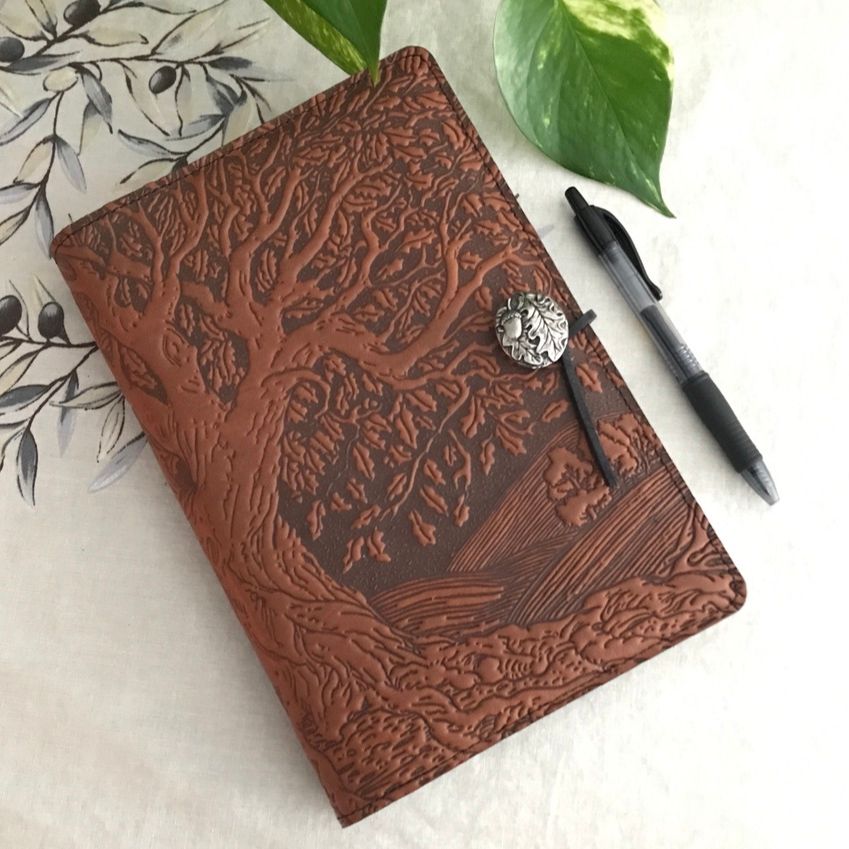Benefits of a Historical Notations Journal
Are you a history buff or student of human behavior, politics or social movements? Do you harbor a vague idea of creating a time capsule of events for the future discovery of humanity or your own posterity? Why not formalize your process and dedicate yourself to providing an accurate portrait of your singular perception of 21st century events? Inspire yourself to create a chronicle of time and place.
Begin by making a study of perhaps the most famous diarist in the genre, the Englishman Samuel Pepys (1633-1703). He kept a private diary for nine years (1660-1669) in which he recorded social and political details provided by his position as Chief Secretary to the Admiralty under both King Charles II & James II. His diary remains the primary source of information regarding the period of the English Restoration. His eyewitness accounts of great events of that time such as the plague years in England, wars and the Great Fire of London, details of royal court life and his own private musings on family life, medicine and social mores provide an intimate portrait of his times.

Civil War Diary of Christian Fleetwood. Diary entry for June 19, 1864 noting that President Lincoln and General Grant had passed his bivouac.
Format:A Dated History
One approach we can employ is the dated journal, literary in nature and a commentary on world events, the international or national stage or simply a documentation of events occurring in our own community or neighborhood.
How:
Will the writing you do emphasize your personal perspective in a social, literary style or utilize a more committed, factually correct, documentary style? Decide on the overall scope of your notations. Will it record local history, the history of an organization, city government, town or church council or the congressional voting record?
A literary rendering of a culture’s time and place can be invaluable. Think of Mark Twain and Life on the Mississippi or Jane Austen’s moral portraiture of English landed gentry in the late 1700’s. These famous works are fictionalized but true to the moral and social flavor of its time and infused with the writers personal perspective. Readers centuries later are provided with an accurate picture of a time and place.
If documentation or a time capsule of national or world events interests you more, your dated history may require a reference system. When creating a historical accounting of political and social movements and how they relate, consider a journalistic mapping of the world in the 21st century, tying together concerns such as resource wars, climate change, the course of global epidemics, conflict reconciliation or even space exploration.
Whatever method you use, a time capsule should relate information as accurately as possible. Create a format that includes reference information essential to verifying what you’ve written preceding your general commentary, fact and spell checking names, dates and sources. Remember that you may wish to return to subjects as the situation evolves or escalates. In this case it would be helpful to develop a coded system of page or volume numbers to reference what has been written previously.
Format: The Historical Scrapbook
Those who want the emphasis to be documentation by memorabilia rather than writing should take this approach.
How:
Choose a book format that accommodates both writing and pasting, anything from a Small Journal to a large format Scrapbook. Create your own commentary in the form of notations underneath images, clippings of articles, headlines or event memorabilia.
A unique and interesting example of the historical scrapbook can be found in author Michael Ondaatje’s novel (and the film) The English Patient. The central character carries with him at all times a copy of The History of Herodotus (440 B.C.E.) in which he creates his own contemporary, parallel history, writing and drawing maps in the margins, pasting over, inserting photos, letters and cards, until the book will no longer close as it should. The character is an explorer and cartographer, inadvertently creating in Herodotus’ book, a map of his own life and deepest desires, all in the context of history. Use this as an example of what a journal about history can be, your own history mixed with a record of clippings, headlines, photos and memorabilia that place you in the context of your own century.
by Rebecca Smith

Samuel Prepys 1633-1703




